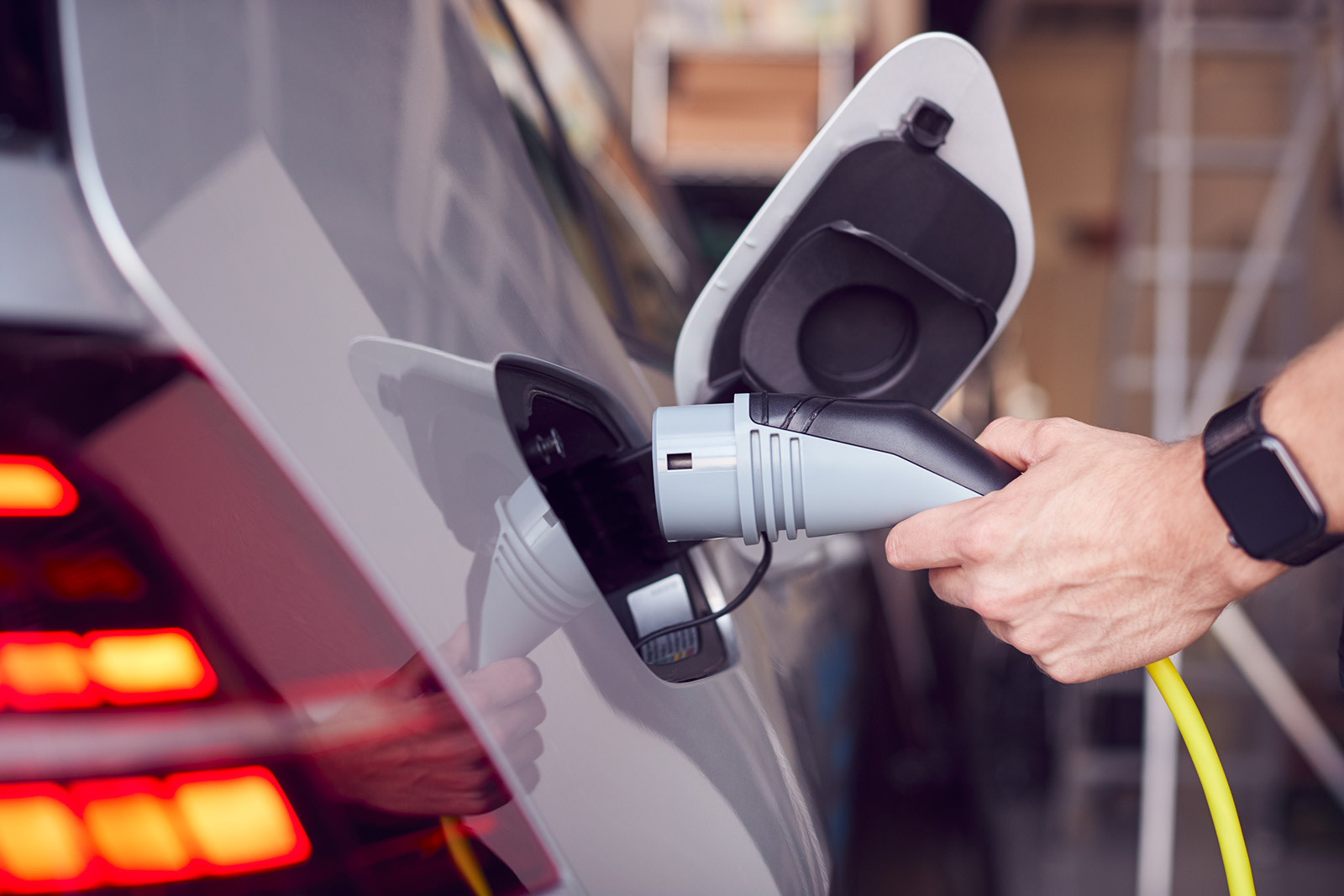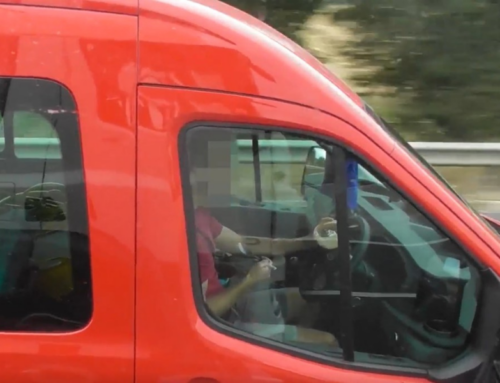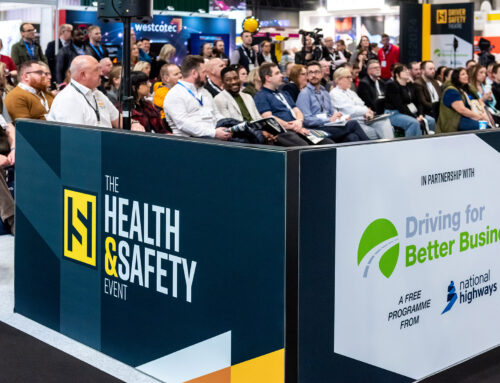Driving electric vehicles
Electric vehicles are how the UK will decarbonise most fleet activities, from grey fleet and company car pools, to light commercial vehicles and rigids. The only vehicle class where the jury is still out on the optimal technology is the articulated or trunking HGV, which might use hydrogen fuel cells, or some other form of electric recharging.
What they all have in common is the need to ensure that drivers are fully familiar with the vehicle and the safest, most efficient way to drive it. It is very tempting for fleet managers to hand the keys of a new vehicle to a driver and send them on their way. After all, if they were safe driving an ICE vehicle, they’ll be safe driving an EV, right?
Well, not necessarily.
EV Vehicles – Driver Familiarisation
There are several reasons to conduct proper inductions and provide driver familiarisation training for every new fleet vehicle.
1. Drivers need to have all their attention on the road. Even simple differences such as indicators or fog lights being in a different place can be a dangerous distraction if the driver has to puzzle it out while moving.
2. Electric vehicles may have fewer moving parts but that doesn’t mean that the vehicle does not need a thorough pre-drive check each day to check for damage and roadworthiness. Remember, 40,000 breakdowns in the year 2019-20 were caused by tyres defects.
3. Electric vehicles accelerate and decelerate faster than an ICE. They are quicker off the draw, and slow down rapidly as soon as you release the accelerator. Drivers need time to adjust to this responsiveness so that they do not emerge into traffic faster than intended, or brake more aggressively than they meant to.
4. EVs are quiet. So quiet that many vulnerable road users (VRUs) such as cyclists or pedestrians may not hear the vehicle. Drivers should never rely on the vigilance of others, but nonetheless, they need to be aware that VRUs may be unaware of their approach.
5. Aggressive driving will deplete range rapidly in an electric vehicle. It makes business and road safety sense to ensure that the driver knows how to get the optimal value from each charge. Plus smooth, defensive drivers are safer drivers.
6. Electric vehicles may perform best on specifc types of route, such as urban roads rather than motorways, where the battery can benefit from regenerative braking. Each road class brings its own type of risk. This means that route planning should be done with care, especially if the driver plans their own route. They should also be fully cognisant of the risks – eg more VRUs or fluctuating speed limits – on the roads they select.
7. Drivers must understand how and where to charge their vehicle. Don’t leave it up to ‘common sense’. There are a range of electric charging providers and types of vehicle charger, and drivers must know how to use the chargers, how to locate and book an appropriate charging station, and the manufacturer’s instructions. They also need to know how to do a visual inspection of the charger and battery, before plugging in, and what to do if the battery appears damaged.
8. According to Rule 91 of the Highway Code, drivers should take a 15 minute break every two hours – this is an ideal time to charge up the vehicle. Make sure drivers understand the need to refresh themselves and prevent driver fatigue, and that breaks can recharge them a little as well as the vehicle.
9. Drivers must have regular opportunities for recharging planned into their routes. One of the most common causes of breakdown with ICEs is running on empty. 6,000 people ran out of fuel on the strategic road network in 2019-20. Although there is no need to have range anxiety if an electric vehicle is used properly, you should always rely on sound judgement and planning, not luck.
A proper driver induction and familiarisation for electric vehicles will pay dividends in terms of safety, productivity and lower costs. Electric vehicles are an expensive asset, and your driver is even more valuable. It makes good business sense, as well as safety sense, to ensure that they are both set up for success.






